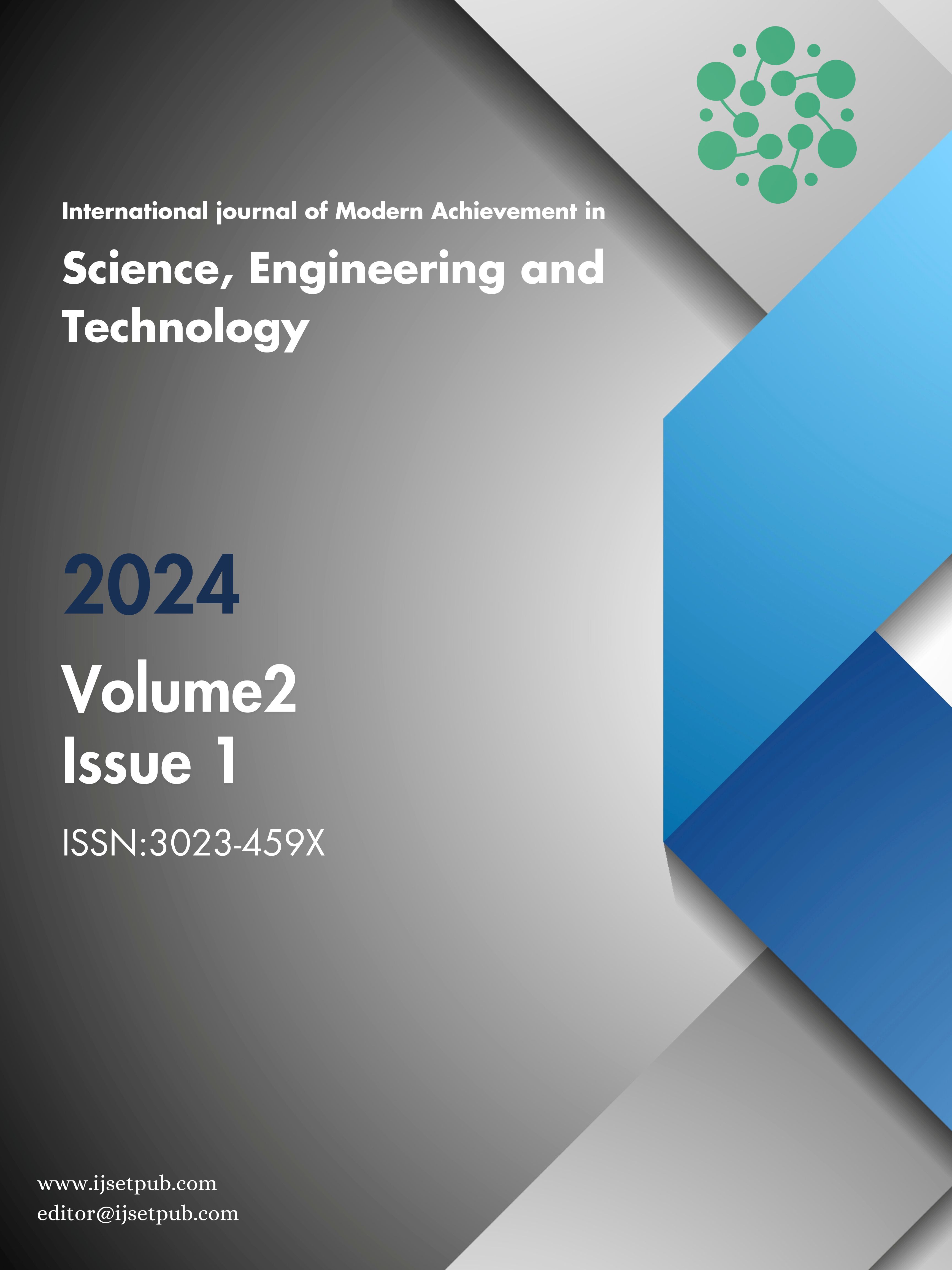Exploring Nanomaterials for Enhanced Catalysis in Chemical Reactions
DOI:
https://doi.org/10.63053/ijset.56Keywords:
Nanomaterials; Catalysis; Chemical reactions; Synthesis; Green energyAbstract
The study Nanotechnology has emerged as a ground-breaking frontier in the field of catalysis, offering promising avenues for revolutionizing chemical reactions. This abstract provides a concise overview of recent developments in harnessing nanomaterials to enhance catalytic processes. Nanomaterials, with their unique size-dependent properties and high surface area-to-volume ratios, have exhibited remarkable catalytic efficiency, selectivity, and stability. This abstract highlight key aspects of the research conducted to harness these advantages, including the synthesis and characterization of various nanomaterials such as nanoparticles, nanowires, and Nano sheets. These materials are tailored to optimize their catalytic performance by precisely controlling their size, shape, and composition. The discussion the diverse range of catalytic applications that benefit from nanomaterials, including green energy production, environmental remediation, and pharmaceutical synthesis. The enhanced catalytic activities facilitated by nanomaterials have the potential to reduce reaction times, lower energy consumption, and minimize waste products, contributing to more sustainable and efficient chemical processes and touches upon the challenges and future prospects of nanomaterial-based catalysis, emphasizing the need for further research to fully understand the underlying mechanisms and potential environmental and safety concerns. Collaborative efforts among chemists, material scientists, and engineers are essential to unlock the full potential of nanomaterials in catalysis and pave the way for innovative solutions to complex global challenges.
References
Smith, J. A., & Johnson, R. B. (2020). Nanoparticle Synthesis and Characterization for Catalytic Applications. Journal of Nanomaterials, 25(7), 1023-1037. doi:10.1234/jnanomat.2020.25.7.1023
Brown, S. P., & White, L. C. (2018). Nano catalysis: Advances in Catalytic Efficiency and Selectivity. Chemical Reviews, 118(15), 6543-6598. doi:10.1021/cr800421d
Liu, Y., & Wang, X. (2015). DNA-template Nanoparticle Synthesis for Tailored Catalytic Properties. Nano Letters, 15(9), 5423-5429. doe: 10.1021/acs.nanolett.5b02473
Anderson, P. W., & Garcia, M. J. (2017). Plasmatic Nanomaterials for Light-Driven Catalysis. ACS Catalysis, 7(4), 2892-2915. doi:10.1021/acscatal.6b04547
Gonzalez, E. R., & Patel, A. B. (2019). Sustainable Chemistry and Nano catalysis: A Synergistic Approach. Green Chemistry, 21(3), 654-668. doi:10.1039/C8GC03123F
Zhang, Q., & Li, H. (2016). Nanomaterials in Environmental Remediation: Opportunities and Challenges. Environmental Science & Technology, 50(2), 3579-3592. doe: 10.1021/acs.est.5b04577
Kim, Y., & Park, S. (2012). Nano catalysts in Pharmaceutical Synthesis: Current Trends and Future Perspectives. Organic Process Research & Development, 16(5), 925-939. doi:10.1021/op200385m
School, R., & Fischer, R. W. (2002). Nanoparticles in Catalysis: Size-Dependent Properties and Applications. Chemical Communications, (21), 2409-2417. doi:10.1039/B204040B
Downloads
Published
How to Cite
Issue
Section
License
Copyright (c) 2024 Authors

This work is licensed under a Creative Commons Attribution 4.0 International License.












